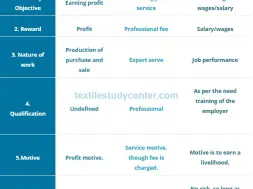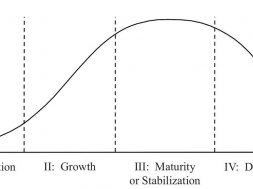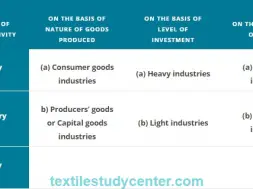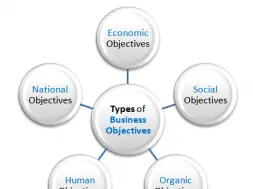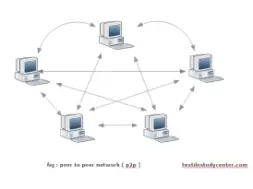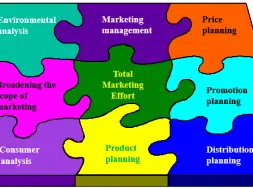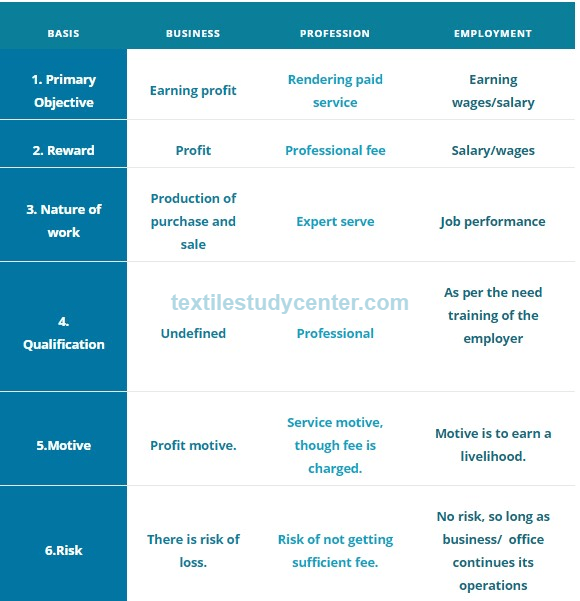
Nature & Scope of Business | Part 01
Nature & Scope of Business | | Part 01 | | Part 02 | | Part 03
Nature & Scope of Business | Economic Activities | Classifications of Economic Activities & Features
Human activities:
Every human being is engaged in one activity or the other. It may be cultivating land, preparing food, playing football, reading storybooks, studying in a school, teaching in a college, working in an office, jogging in the park and so on. All these activities which human beings undertake to satisfy their needs or wants are called human activities.
All human activities may be broadly divided into two categories: (i) economic activities, and (ii) non-economic activities.
Economic activities:
Economic activities are undertaken to earn one’s living and for the production of wealth. The work of a farmer, manufacturer, teacher, doctor, trader etc. is some examples of economic activities.
Non-economic activities:
the other types of activities that are undertaken to derive self-satisfaction are called non-economic activities. Activities like meditation, engaging in sports for physical fitness, listening to music, providing relief to flood victims etc., are examples of non-economic activities.
Distinction between economic and non-economic activities:
|
|
Economic |
Non-economic |
|
1. |
Economic activities are motivated by economic gain. |
Non-economic activities are motivated by a desire to achieve mental satisfaction or happiness. |
|
2. |
Monetary gain is expected from economic activities |
There is no such satisfaction from. Non-economic activities. |
|
3. |
Economic activities lead to creation of wealth. |
Non-economic activities lead to personal satisfaction. |
Classifications of economic activities:
Economic activity can be a one-shot affair or a continuous one. For example, you know how to stitch clothes and one day you stitch a shirt for your friend and he pays some money to you. Of course, this is an economic activity as you have some monetary gain but it is a one-shot affair. But, if you start stitching shirts on a continuous basis and charge money for that, you are said to be engaged in some continuous or regular economic activity. It may be noted that by getting themselves engaged regularly in a particular economic activity people try to earn their livelihood. So, when a person is regularly engaged in a particular economic activity, it is known as his or her occupation or vocation
Occupations may be classified into three categories —
(a) Profession
(b) Employment
(c) Business.
Profession:
Any activity, which requires special knowledge and skill to be applied by an individual to earn a living, is known as Profession. For example doctors, teachers, lawyers, engineers and accountants are engaged in profession
Its basic features which can be summarized as follows:
(a) Profession is an occupation for which the individual has to acquire a special knowledge and skill.
(b) The money they get for providing such a service is usually known as ‘fee’.
(c) Most of the professionals are regulated by a professional body, which frames the code of conduct to be followed by the member professionals. For example,
- Medical Profession is regulated by Medical & Dental Council of Bangladesh.
- Law Profession is regulated by Bar Council of Bangladesh.
- Engineering profession is regulated by The Institution of Engineer’s, Bangladesh
(d) Professionals acquire the specialized knowledge mostly from colleges, universities or specialized institutes. In some cases, individuals also acquire such knowledge and skill through training or coaching by an expert in the same field, say for example, dancers and musicians, etc.
(e) Professionals usually work on their own and get a fee for their services and termed as those in practice. However, some of them may work in organizations as employees or consultants.
(f) The primary objective of every profession is to provide service though they may charge a fee. They should not exploit the people using their knowledge of expertise.
Employment:
When a person works regularly for others and gets wages/salary in return, he is said to be in Employment. Thus factory workers, office assistants and managers are said to be in employment. Those in employment are called employees. Employment may be in government department or in private organization. It may be full-time or part-time, permanent or temporary.
The employees work on the basis of certain terms and conditions and get a periodical salary in return.
The main features of employment are:
(a) It is an occupation where a person (called employee) is to work for another (called employer).
(b) There are certain terms and conditions of work like hours of work (how many hours a day), duration of work (how many days or hours in a week or month etc.), leave facility, salary/wages, place of work etc.
(c) The employees get salary (normally paid on a monthly basis) or wage (normally paid on daily/weekly basis) in return of their work. This amount is normally predetermined, mutually agreed upon and may increase over time.
(d) Legally the employer-employee relationship is based on a contract and any deviation from any side permits the other party to take legal recourse.
(e) There are jobs for which no technical education or specialized skill is required for employment. But, for skilled jobs, specialized jobs and technical jobs, a certain level of basic/technical education is required.
(f) The main purpose behind employment is to secure assured income through wages and salaries. The economic activity, rendered by one person to another, under a contract of service, for some remuneration, is called employment.
Business:
Business may be defined as an activity involving regular production or purchase of goods and services for sale, transfer and exchange with an object of earning profit.
We find people like mill owners, transporters, bankers, traders, tailors, taxi operators etc. doing business. All of them are engaged in an activity of manufacturing or trading (buying and selling) or providing some service. They have invested their money, bear the risks involved and work for earning some profit. Thus,
The main characteristics of business are:
(a) It is an occupation where a person is engaged in manufacturing or buying and selling of goods and services. The goods may be consumer goods or capital goods. Similarly the services may be in the form of transportation, banking, insurance etc.
(b) The activities must be carried on regularly. A single transaction is usually not treated as a business. For example, if a person sells his old car at a profit, it is not treated as a business activity. However, if he is engaged in the activity of buying old cars and selling them on a regular basis, he shall be treated as engaged in business activity.
(c) The sole objective of business is to earn profit. It is essential for the survival of business. Of course, it is through provision of some goods or some services.
(d) Every business requires some investment in cash or kind or both. It is usually provided by the owner or is borrowed by him at his own risk.
(e) The earnings are always uncertain, because the future is unpredictable and a businessman has no control over certain factors that affect his earnings. Thus, every business involves an element of risk and the same is borne by the businessman, the owner.
Goods used by final consumers are called consumers’ goods. Goods those used in the production of other goods are known as producers’ goods or capital goods.
Distinction between Business, Profession and Employment:
|
Basis |
Business |
Profession |
Employment |
|
1. Primary Objective |
Earning profit |
Rendering paid service |
Earning wages/salary |
|
2. Reward |
Profit |
Professional fee |
Salary/wages |
|
3. Nature of work |
Production of purchase and sale |
Expert serve |
Job performance |
|
4. Qualification |
Undefined |
Professional |
As per the need training of the employer
|
|
5.Motive |
Profit motive. |
Service motive, though fee is charged. |
Motive is to earn a livelihood. |
|
6.Risk |
There is risk of loss. |
Risk of not getting sufficient fee. |
No risk, so long as business/ office continues its operations |
Nature & Scope of Business | | Part 01 | | Part 02 | | Part 03
(910)
